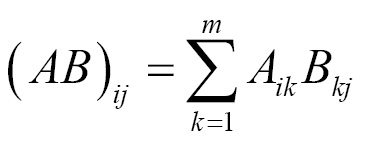The concurrent execution of a program can result in significant performance improvements. In this chapter, we will address the various techniques that can be used in data science applications. These can range from low-level mathematical calculations to higher-level API-specific options.
Always keep in mind that performance enhancement starts with ensuring that the correct set of application functionality is implemented. If the application does not do what a user expects, then the enhancements are for nought. The architecture of the application and the algorithms used are also more important than code enhancements. Always use the most efficient algorithm. Code enhancement should then be considered. We are not able to address the higher-level optimization issues in this chapter; instead, we will focus on code enhancements.
Many data science applications and supporting APIs use matrix operations to accomplish their tasks. Often...



